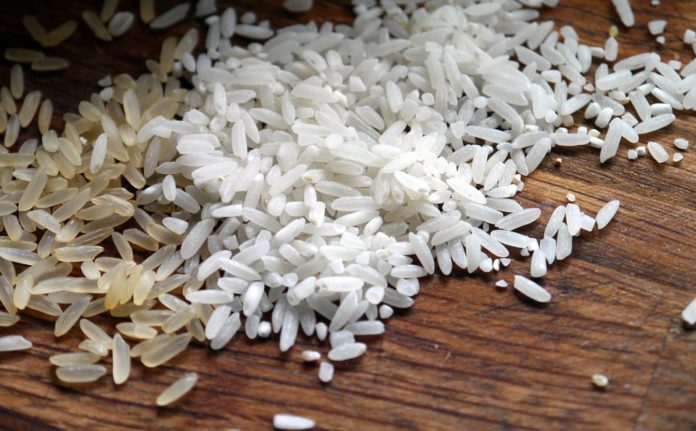Rice is considered essential for millions of Asians because of the immense influence on their culture, diets and economic condition and is the most important and dominant staple food crop in Asia. Approximately 92% of rice is grown and consumed in Asia, which encompasses 55% of the world population.
Now, scientists at the Hyderabad-based Indian Institute of Rice Research have developed a new variety of the popular Improved Samba Mahsuri (ISM) rice that can resist bacterial blight (BB) disease. BB caused by Xanthomonas oryzae PV. oryzae (Xoo) remains a primary production constraint in rice in India and in most of the east and southeast Asian countries.
This disease primarily occurs in epidemic proportions in monsoon (wet) season, particularly in irrigated and rain-fed lowland ecosystems. The disease affects rice crop, is caused by bacteria, Xanthomonas oryzae, and drastically reduces rice productivity.
Dr Gouri Sankar Laha, co-author of the study said, “Till now about 41 resistant genes have been identified from diverse sources. These genes differ from each other in their mode of action. While some are broad spectrum, others are narrow in their resistance spectrum.”
Using Marker-assisted Backcross Breeding or MABB technique, scientists succeeded in gene insertion in genetically modified crops efficiently.
Xanthomonas is virulent, meaning its infection spreads fast and wide. It also evolves very quickly. Thus plants that seem to be resistant now might turn susceptible later as the pathogen evolves into different strains.
Dr Laha said, “The new breed has been field tested in farms across several states and has been exposed to various strains of Xanthomonas. We have done three backcrossing and six generations of improvement. It has taken five years including a selection of parents and initial crossing.”
“The effort has resulted in several improved lines of ISM with a novel, broad-spectrum blight-resistant gene Xa38 that show high levels of blight resistance to different types of Xanthomonas. These plants are better both in yield and in other traits than their ISM parent lines. After more field tests in different parts of the country, it will be ready for commercial release.”
Other co-authors include Arra Yugander, Raman M. Sundaram, Kuldeep Singh, Duraisamy Ladhalakshmi, Lella V. Subba Rao, Maganti Sheshu Madhav, Jyothi Badri and Madamsetty Srinivas Prasad. Their study is published in the journal PLOS One.
